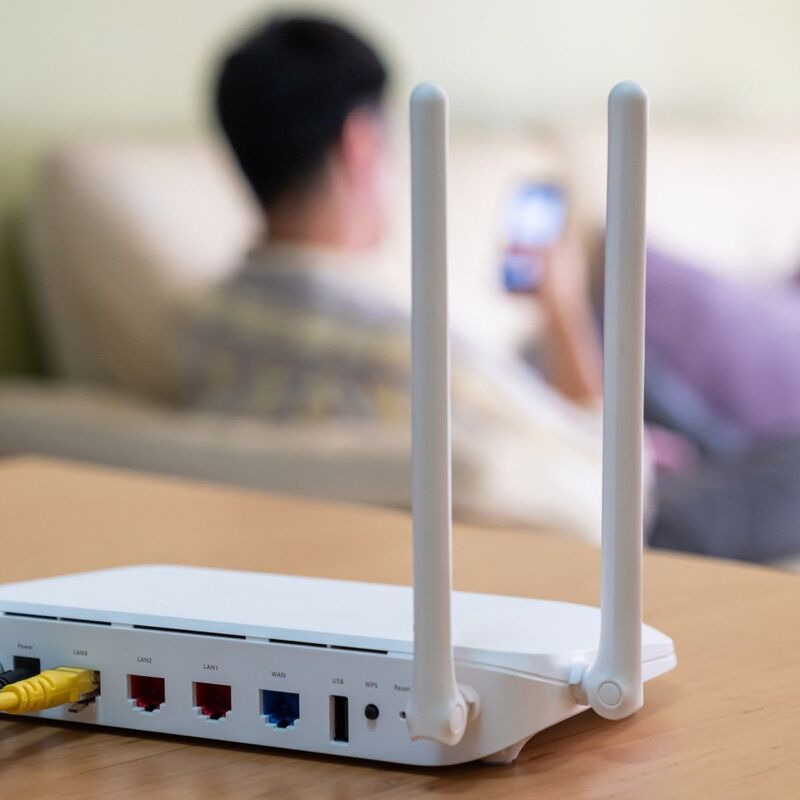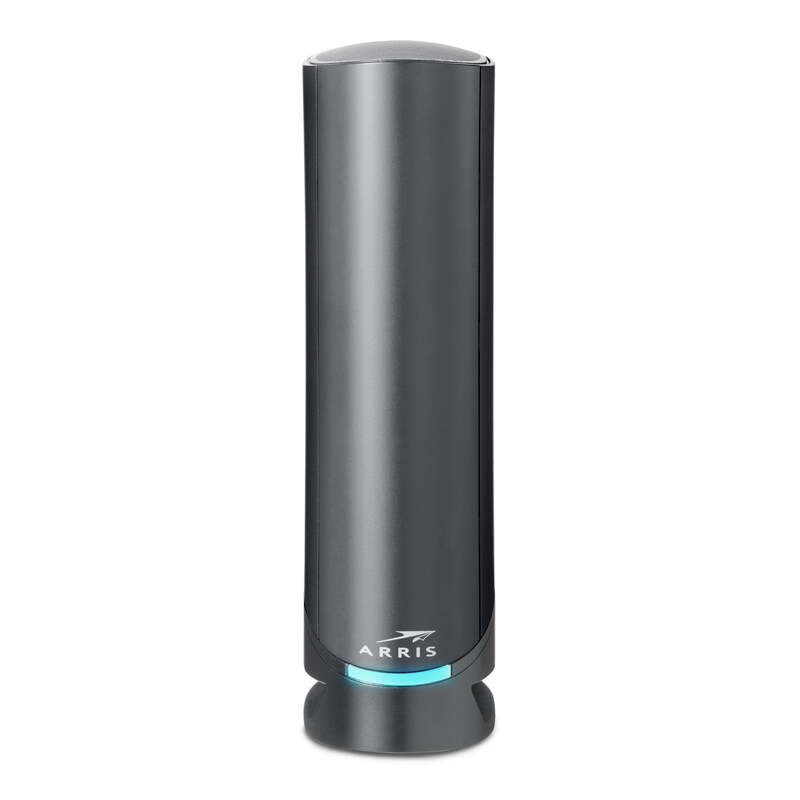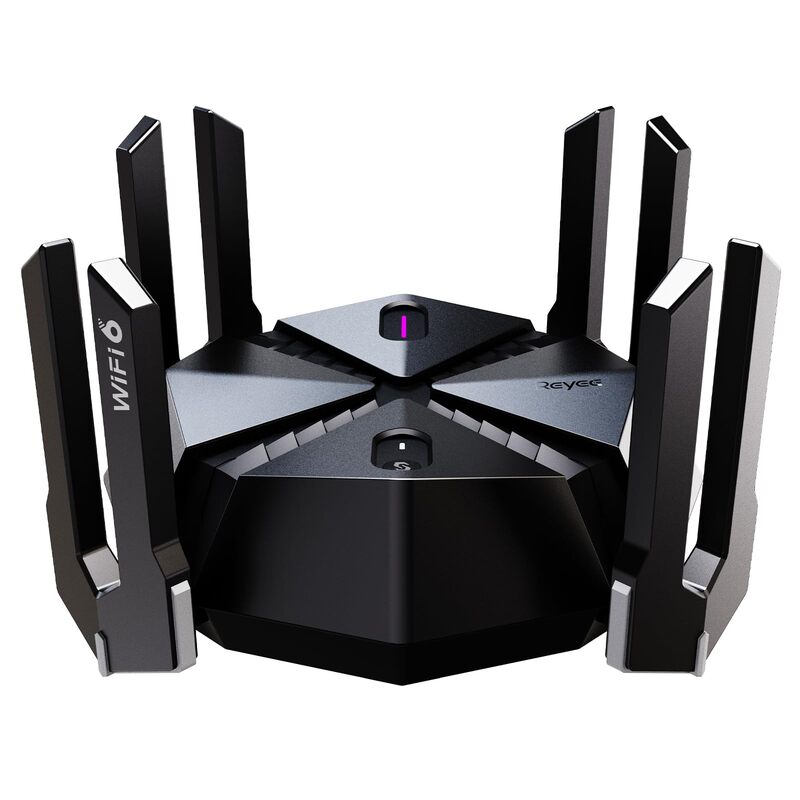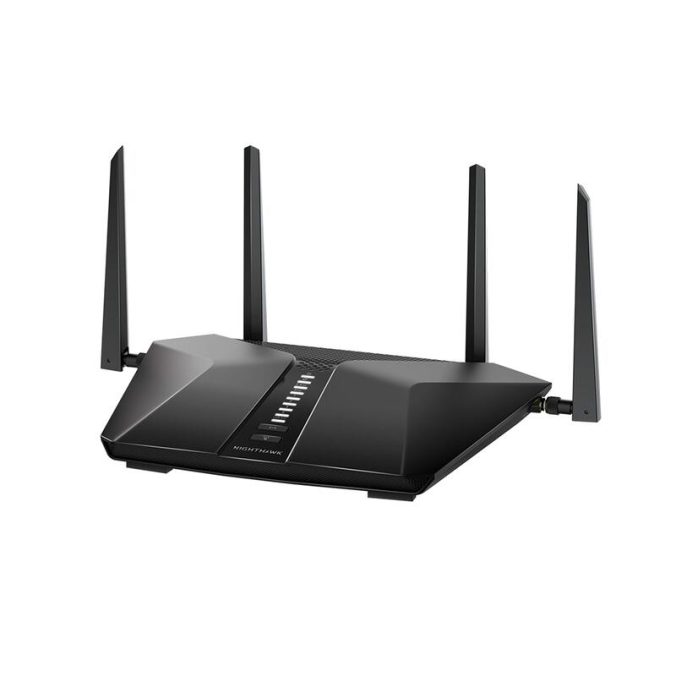Securing your home or office network is essential in today’s digital age. Wi-Fi Protected Access II (WPA2) is one of the most common and robust security protocols available for wireless networks. If you’re looking to secure your wireless network using WPA2, you need to configure your router accordingly. This detailed guide will walk you through the entire process to ensure that your network uses WPA2 security protocol to keep unauthorized users out.
Understanding WPA2 Security
What is WPA2?
WPA2 stands for Wi-Fi Protected Access II. It is the second generation of WPA security protocols. Created by the Wi-Fi Alliance, WPA2 was officially standardized in 2004. It introduced stronger encryption than its predecessor, WPA. WPA2 uses Advanced Encryption Standard (AES) to encrypt the data shared over a wireless network. Therefore, it provides better security and performance.
Why Choose WPA2?
Many people wonder why they should opt for WPA2 over other security protocols. First, WPA2 offers better encryption. This means your data is more secure. Second, most modern devices support WPA2. If you wish to have a secure network, it’s wise to choose WPA2. However, remember that even the best security measures only work if configured correctly.
Preparing for Configuration
Gather Required Information
Before you begin to configure router to use wpa2, gather the necessary information. You’ll need your router login details. These include the IP address, username, and password. Usually, this information is on a label on your router or included in the user manual. Gathering this info beforehand will make the process smoother.
Update Firmware
Ensure that your router’s firmware is updated to the latest version. Manufacturers regularly release updates to fix bugs and improve security. Navigate to the manufacturer’s website and download any updates. Be cautious while updating firmware, as interruptions can render your router unusable. Always follow the instructions closely.

Accessing the Router’s Settings
Connect to the Network
Your first step is to connect to your router. You can use a wired Ethernet connection or connect via Wi-Fi. Using Ethernet is often more stable. However, Wi-Fi works just fine if Ethernet isn’t an option. Verify your connection before proceeding.
Log into the Admin Interface
Next, access the router’s admin interface. Open a web browser and type in the router’s IP address. Common addresses include 192.168.1.1 or 192.168.0.1. Consult your router’s manual if these addresses don’t work. You’ll be prompted to enter your username and password. Once logged in, you will gain access to the admin interface where you can change settings.
Configuring WPA2 Security Settings
Once inside the admin interface, locate the Wireless Settings section. The categorization may vary but look for terms like wireless, WLAN, or Wi-Fi. Usually, this is easily found on the main navigation menu. Click on it to access the settings.
Select WPA2 Protocol
Under Wireless Settings, you will find options for selecting the security protocol. Choose WPA2 from the dropdown menu. Ensure that you select WPA2-PSK (Pre-Shared Key) for a home network. For businesses, WPA2-Enterprise might be more appropriate.
Set a Strong Password
The next step is setting a strong password. Choose a password at least eight characters long. Mix letters, numbers, and special characters to strengthen it. Avoid using easily guessed passwords like “password” or “12345678”. Enter your chosen password in the designated field.
Additional Encryption Options
Some routers offer additional encryption options. For WPA2, always opt for AES encryption if given a choice. AES is more secure than the older TKIP (Temporal Key Integrity Protocol). Confirm that AES is selected before saving your settings.
Configuring the SSID
Understanding SSID
The SSID is your network name, a unique identifier for your wireless network. Changing the default SSID makes your network less inviting to potential attackers. Often, default SSIDs make it clear which manufacturer made the router.
How to Change SSID
Navigate back to the Wireless Settings section. Here, you will find an option to change the SSID. Enter your new, unique SSID. Avoid using personal information in the SSID. Save your changes to apply the new SSID to your network.

Testing the Configuration
Connecting Devices
Once you finish the setting to configure router to use wpa2 , you need to test the network. Connect your devices using the new SSID and password. Confirm that each device can access the internet. Testing multiple devices ensures that all can connect without issues.
Verifying Encryption
Some tools can help you verify the encryption type. Apps like Wi-Fi Analyzer or command-line tools can help. Ensure that your network is indeed using WPA2-AES. This verification step ensures your network is as secure as configured.
Troubleshooting Common Issues
Connectivity Problems
Sometimes, after changing security settings, you might encounter connectivity issues. Double-check that your devices are set to connect using WPA2. Often, older devices need firmware updates to support WPA2. Check the manufacturer’s website for updates.
Forgotten Password
Forgetting your network password can be frustrating. Log back into the router admin settings to reset it. Navigate to the Wireless Settings and change the password. Note the new password somewhere secure to avoid future issues.

Advanced Security Tips
Disable WPS
Wi-Fi Protected Setup (WPS) is a feature designed to simplify connecting devices to the network. Unfortunately, it comes with significant security risks. We highly recommend disabling WPS. Navigate to the WPS settings and ensure it is turned off.
Regularly Update Router Firmware
Keeping your router firmware up to date is crucial. Manufacturers release updates that address new security vulnerabilities. Set a reminder to check for updates quarterly. Always download updates directly from the manufacturer’s website.
Monitor Connected Devices
Regularly monitoring devices connected to your network adds an extra layer of security. Most routers feature a dashboard displaying connected devices. Periodically review this list. Promptly disconnect any unfamiliar devices to secure your network.
Change Default Admin Credentials
Changing the default admin username and password is vital. These credentials can often be found online, making them a prime target. Navigate to the admin settings and change these credentials to something robust. Always use a strong password.
Conclusion
Navigating the digital world requires securely managing your wireless networks. By following these steps, you can configure your router to utilize WPA2, enhancing your network’s security. From understanding WPA2 to navigating admin settings, each step is crucial. Regularly update your firmware and practice advanced security tips to keep your network secure. Adopting these practices ensures that you are taking proactive steps to protect your personal information.
Configuring your router to use WPA2 encryption is an important step in securing your wireless network from potential threats and unauthorized users. By following these steps, you ensure that data transmitted over your network is encrypted and thus protected from eavesdroppers. WPA2 provides a stronger level of security compared to its predecessors, WEP and WPA, mitigating risks such as data breaches and unauthorized network access. It’s essential to use a strong passphrase and periodically update it to maintain high security standards.
Moreover, keeping your router’s firmware updated and regularly checking for security patches will help protect against emerging vulnerabilities. Proper security settings not only protect personal data and online activities but also safeguard smart home devices and other network-dependent technologies, ensuring a secure and reliable internet experience for all users. By securing your network with WPA2, you take a proactive stance in safeguarding your digital footprint in an increasingly connected world.

Leave a Reply